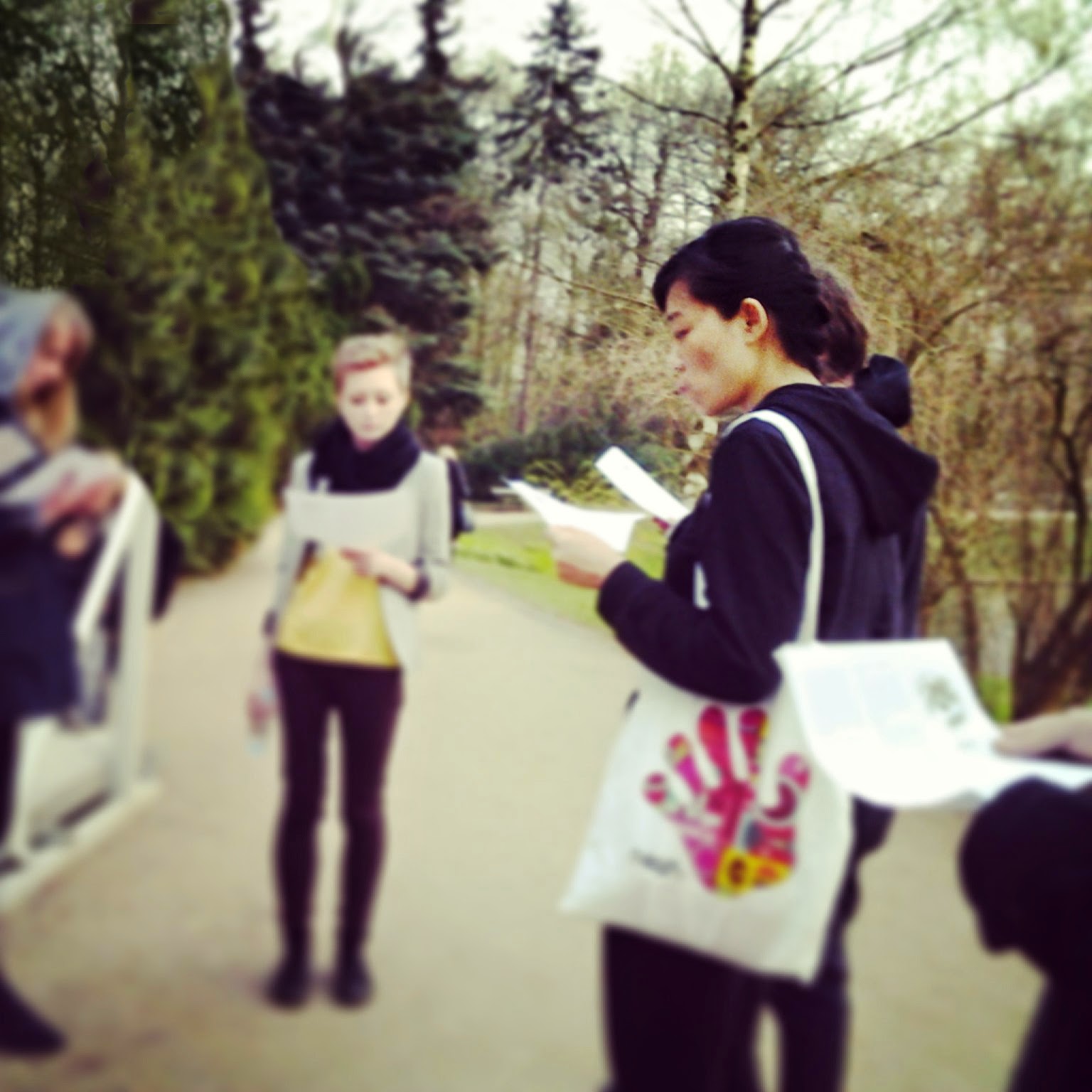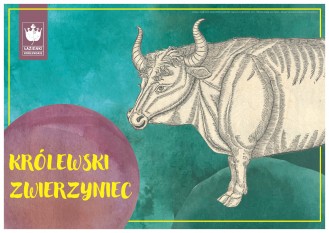Bluszcz pospolity (Hedera helix) do łazienkowskich ogrodów został wprowadzony w drugiej połowie lat 70. XX w. Szybko stał się jednym z charakterystycznych elementów roślinności okrywowej Muzeum, idealnie wpisując się w jego klasycystyczny i krajobrazowy charakter.
PERIPATOS 15.05.2014
Co widzimy patrząc w niebo o północy? - starożytna kosmologia i jej filozoficzne konsekwencje.
Podczas dzisiejszego spotkania omawialiśmy niezwykle interesujący i skomplikowany temat jakim jest starożytna astronomia. Starożytna wizja wszechświata oddziaływała na europejską kulturę przez ponad dwa tysiące lat, dlatego jej znajomość jest bardzo przydatna w rozumieniu dzieł autorów takich jak Dante, Szekspir czy Cervantes. Gdy zrozumiemy różnicę pomiędzy wizją hierarchicznego, pełnego harmonii wszechświata starożytnych Greków a zimnym Newtonowskim wszechświatem, zrozumiemy też ogromną kulturową zmianę jaka zaszła w nowożytności. Na początek nasz prowadzący, Marcin, opowiadał nam o Arystotelesowskiej koncepcji pięciu żywiołów, którymi są: ziemia, woda, powietrze, ogień i eter. Cztery pierwsze są żywiołami ziemskimi i są one w nieustannym ruchu i w nieustannym konflikcie. Dowiedzieliśmy się także, że greckie słowo planetosoznaczało wędrowca lub kogoś, kto się zgubił. W starożytności każdej planecie przypisywano określone atrybuty i określony metal. Żywiono także przekonanie, że oddziałują one na nasze losy. Według Arystotelesa planety poruszają się po sferach wypełnionych eterem, którego naturalną cechą jest ruch po okręgu. Najbliższą Ziemi planetą jest Księżyc, dlatego wszechświat dzielił on na
świat podksiężycowy (nasz świat) i świat nadksiężycowy (świat planet i gwiazd). W centrum wszechświata umieszczał Ziemię. Ponad sferami planet znajduje się wieczny rozum, który Arystoteles nazywa czasami bogiem. Jest on nieruchomy a zarazem jest przyczyną ruchu we wszechświecie, jest Pierwszym Poruszycielem
Gwiazdy natomiast to dziury w sferach, przez które prześwieca boskie światło - i to je właśnie widzimy patrząc w niebo o północy.



PERIPATOS
What do We See When We Look at the Midnight Sky? - ancient cosmology and its philosophical implications.
During todays meeting we were talking about very interesting and complicated topic which is ancient astronomy. Ancient view of the universe influenced Eurpean culture for more then two thousands years, therfore knowledge of it can help us to understand authors such as Dante, Shakespeare or Cervantes. When we comprehend difference between hierarchical, full of harmony ancient Greeks view of universe and cold Newtonian universe, we will understand huge cultural shift that happened in modern times. In the begining, our host, Marcin, told us about Arystotelian concept of five elements which are: earth, water, air, fire and aether. First four are earthy elements and they are in pernament movement and pernament conflict. We also learned that greek world planetosmeant wanderer or someone who had lost. In ancient times to every planet the attribiute and specific metal was signed. Greeks belived that planets influence on our lifes. Acording to Aristotle the planets moves in the spheres filled with aether, which natural tendency is circular movement. The planet nearest to Earth is Moon, so Aristotle divided world to sublunary world(our world) and
superlunary world
(world of planets and stars). In the center of the universe he placed Earth. Beyond the spheres of planets there is eternal reason, which Aristole sometimes named god. He is completly static, but in the same time he is the reason of movement in the universe, he is Unmoved Mover. Stars are holes in the spheres by which the eternal light shine through - and this is what we see when we look at the midnight sky.
tekst: Karolina Bartkowiak
foto: Zofia Zaccaria



